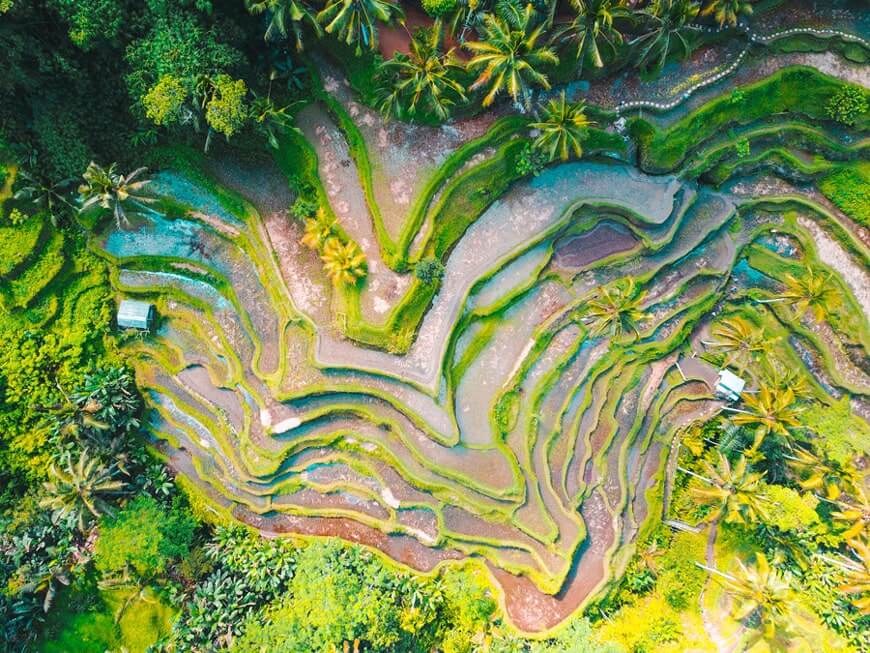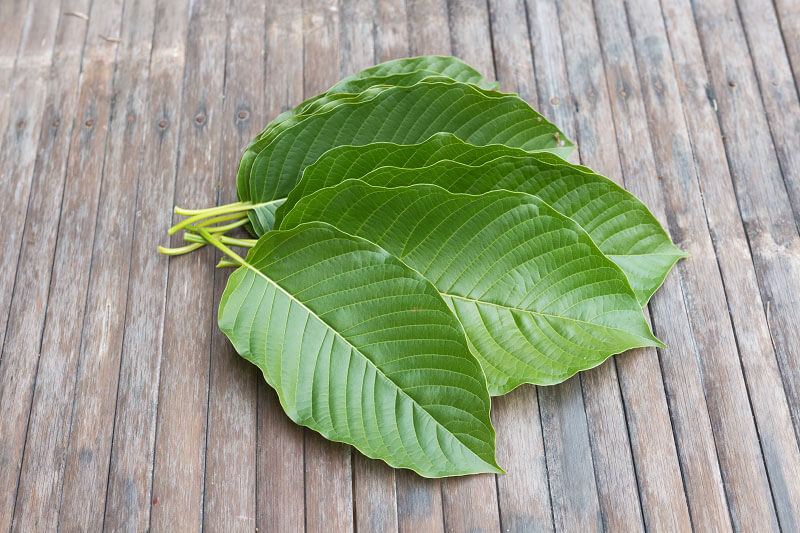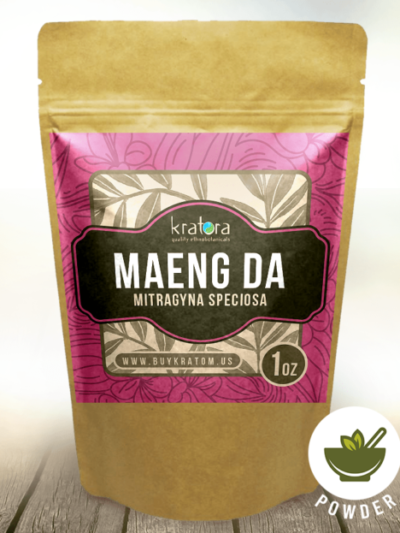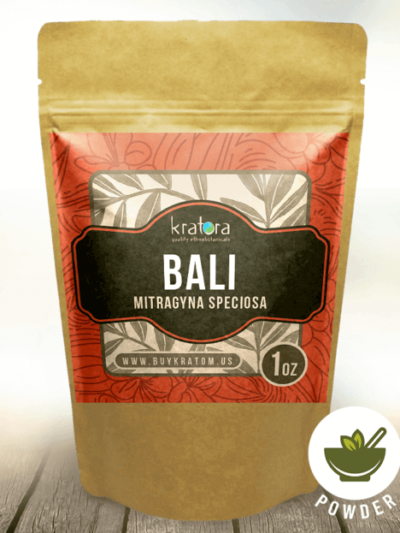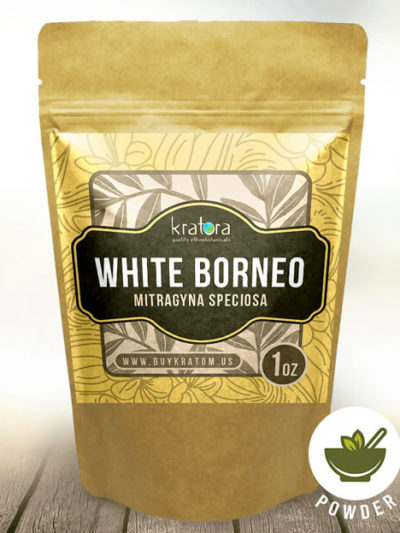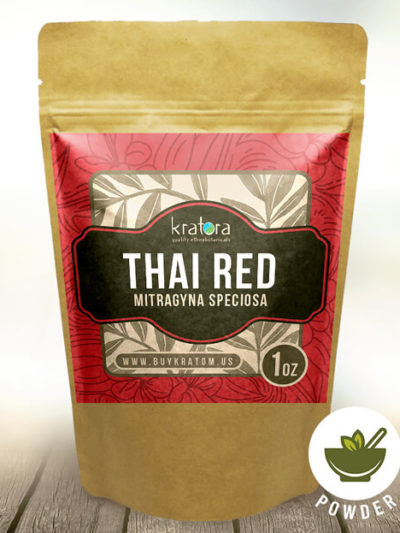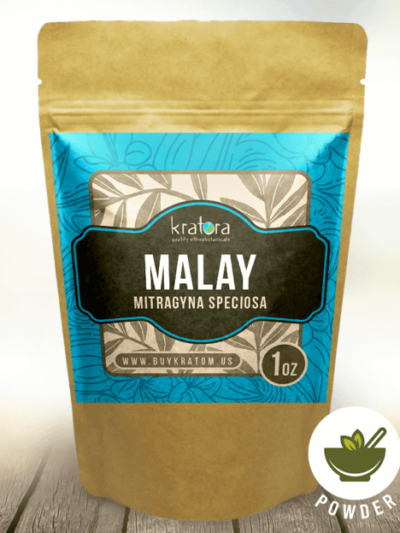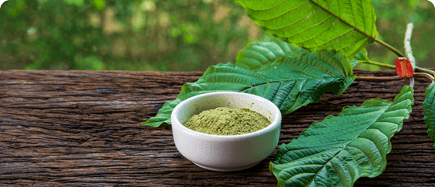Before kratom powder became popular, there was simply the fresh, green Mitragyna speciosa leaf. Kratom—a relative newcomer to the international supplement scene—has a long history in its native region of Southeast Asia that continues today. Read on to discover the cultural roots of the Mitragyna speciosa leaf and where this bioactive plant might be headed in the future.
A “Pick-me-Up” for Rural Farmers and Laborers
Long before you could buy kratom in the U.S., In rural parts of Thailand, Malaysia, Indonesia, Myanmar (Burma), and Vietnam, farmers and laborers traditionally worked long, hard days and needed something to help them keep going. Kratom leaves provided the perfect solution. A native plant to the region, kratom leaves were easily accessible. When chewed, the bioactive components of the leaves provided a stimulating effect that helped workers to fight fatigue—somewhat similar to the way we use coffee to get us going in the morning.
The Mitragyna speciosa leaf also had another benefit for laborers: being a natural analgesic, it helped to keep physical aches and pains at bay while work was being completed. Traditional “kratom eaters” chewed anywhere between one and three leaves at once, and repeat as needed throughout the day.
Traditional Uses for Mitragyna Speciosa
For centuries, kratom was used in socio-religious ceremonies. It has also been used medicinally since at least the nineteenth century to self-treat diarrhea, diabetes, fever, and pain; in Malaya, it is traditionally used as a wound poultice.
In Thailand, kratom was traditionally used as a useful treatment for morphine dependence, and in Malaya, it replaced opium in times of shortage. Its fame as a replacement for illicit opiates is explained in more detail in this study about its role in drug substitution therapy in Malaysia.
What are the Active Compounds in Mitragyna Speciosa?
Kratom contains over 40 different but structurally-related alkaloids, with the main two being unique to kratom: mitragynine and 7-hydroxymitragynine. Other alkaloids that are present in smaller amounts include speciogynine, paynantheine, and speciociliatine.
Both of the main two alkaloids in kratom contribute to its analgesic effects by acting on the body’s opioid receptors. However, while mitragynine has a broad receptor binding activity, 7-hydroxymitragynine focuses on two specific receptors: mu (μ) and kappa (κ). Notably, mitragynine levels vary in leaves depending on factors such as climate the tree matured in, soil, etc. As a result, mitragynine levels differ between varying strands of Mitragyna speciosa; for example, it can be present with up to 66% purity in Thai kratom leaves and with as little as 12% in Malaysian kratom leaves.
The chemistry of kratom can get a little technical, but it has important implications for everyday life. As you can see, the variability of alkaloid content in mitragyna speciosa means that it is harder for companies to market a standardized supplement. It also makes it easy to misjudge the levels of alkaloid content in each strain if you switch from one strain to another from a different region.
How Safe is Kratom Thought to Be in its Original Context?
In Asian countries, there have not been any reports of death or poisoning from Mitragyna speciosa so far—raising questions about why buying kratom in the U.S. seems to have caused more problems than in Asia in recent years. There are a few possible reasons for this.
Just as in the Western world, the increasing popularity of Mitragyna speciosa has raised interest in studying this ethnobotanical herb for medicinal purposes. In fact, Thailand just ended their ban on kratom and has recently legalized kratom use for medical purposes.
With so much popularity and so little historical evidence of toxicity, kratom can either be researched and used within medicinal guidelines or banned and its medicinal potential lost.
Discover Kratom with Our Pure Ethnobotanicals
At Kratora, our passion is to offer pure kratom and ethnobotanical kratom alternatives from around the world to the general public. Whether you live abroad or want to buy kratom in the U.S., our premium organic kratom and cultural plant extracts and advocate for quality kratom research with your local politicians to further the cause for medicinal kratom.
If you have any questions about shipping and returns for your kratom order, please contact us. Also, please note that our products are intended for use as incense or in soap-making and are not being sold for human consumption. Discover the energizing and soothing aromas of kratom by shopping our premium kratom powder collections online!
-
Energy
Maeng Da Kratom Powder
From $12.99 Shop Now This product has multiple variants. The options may be chosen on the product page -
Relaxing
Bali Kratom Powder
From $10.99 Shop Now This product has multiple variants. The options may be chosen on the product page -
Energy
White Vein Borneo Kratom
From $10.99 Shop Now This product has multiple variants. The options may be chosen on the product page -
Relaxing
Thai Red Vein Kratom
From $10.99 Shop Now This product has multiple variants. The options may be chosen on the product page -
Energy
Green Malay Kratom Powder
From $10.99 Shop Now This product has multiple variants. The options may be chosen on the product page
Want to learn more about kratom quality and value? Start here:
Why Buying Cheap Kratom Can Be Dangerous
